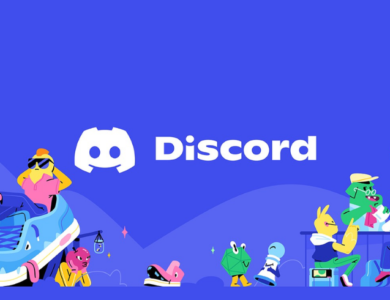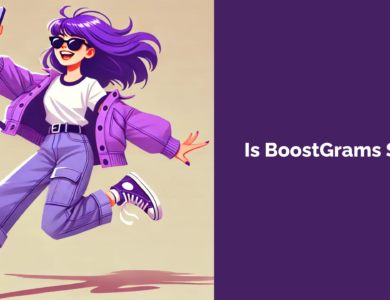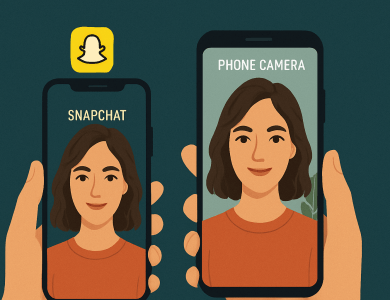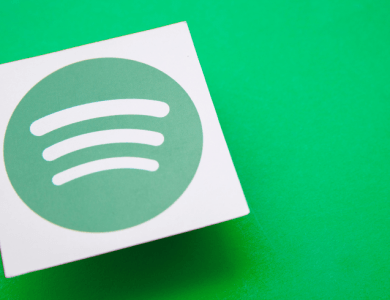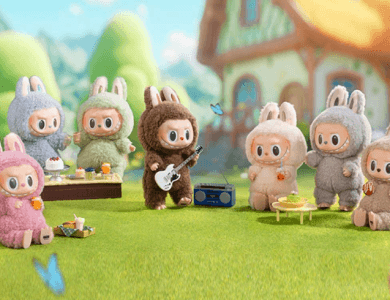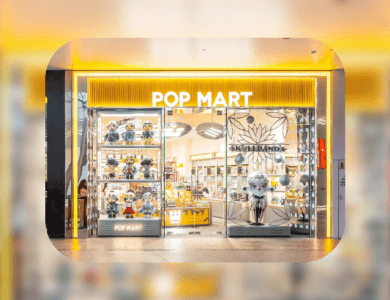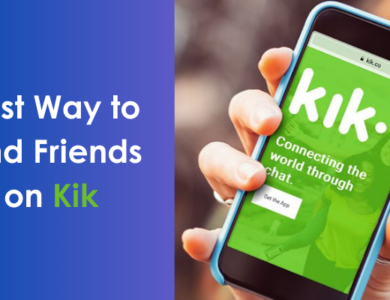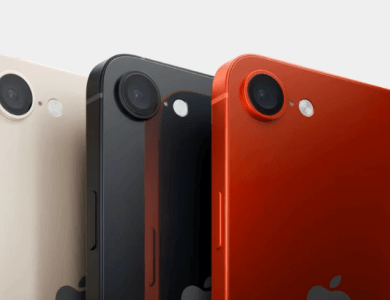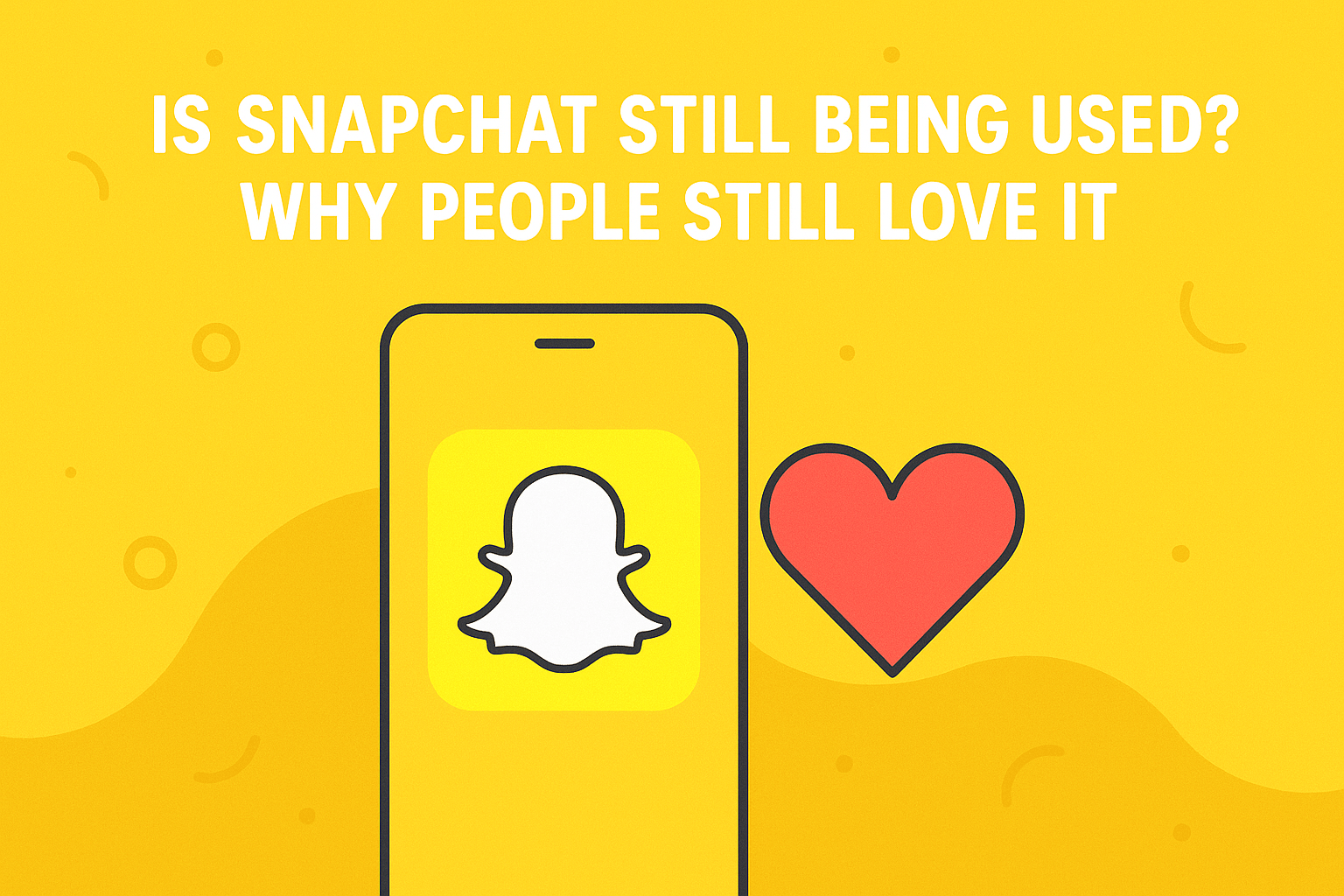
If you’ve ever found yourself wondering, “Is Snapchat still being used?”, you’re not alone. With the rapid rise (and sometimes fall) of social media platforms, it’s easy to lose track of what’s still relevant. Yet, despite the ever-evolving digital landscape, Snapchat continues to thrive—especially among Gen Z and younger millennials. But why? What keeps users coming back to a platform that launched over a decade ago?
In this blog post, we’ll dive into why Snapchat is still very much alive, who’s using it, and what makes it unique compared to other platforms like Instagram, TikTok, or even BeReal.
Contents
Snapchat in 2025: Is It Still Relevant?
The short answer? Yes, Snapchat is still being used, and not just by a handful of nostalgic users. According to Snap Inc., the platform had over 750 million monthly active users as of 2024, with over 400 million daily users. These aren’t just passive users either—Snapchat reports that the average user opens the app more than 30 times a day.
The platform has evolved far beyond its original disappearing photo concept. Today, Snapchat is a robust ecosystem of private messaging, augmented reality (AR), creator content, and even original shows.
Who Uses Snapchat Today?
Snapchat’s core demographic remains 13–34-year-olds, particularly Gen Z. In fact, in many Western countries, it’s one of the top apps used by teenagers and college students. According to recent data:
75% of 13–24-year-olds in the U.S. use Snapchat
Over 60% of Gen Z users say they prefer Snapchat for chatting with friends
The app is more popular than Facebook and Twitter among younger audiences
Snapchat still holds its ground by focusing on privacy, authenticity, and ephemeral communication—something that feels increasingly rare in today’s hyper-curated social media world.
Why Are People Still Using Snapchat?
1. Genuine, Private Communication
Snapchat’s biggest draw is its intimacy. Unlike platforms that focus on likes and public posts, Snapchat prioritizes private sharing. Chats disappear unless saved, and there’s no public comment section or visible follower count.
This creates a safe space where users feel they can be more themselves, without the pressure of being “on brand.” In an era of performative social media, this kind of digital privacy is a breath of fresh air.
2. AR Filters and Lenses
Snapchat is the king of augmented reality filters. From goofy dog ears to hyper-realistic beauty lenses, the app’s real-time AR experiences are lightyears ahead of most competitors. Brands and creators have even begun launching their own lenses, turning filters into a full-fledged form of expression and marketing.
3. Snap Map and Location Features
Snapchat’s Snap Map lets users see where their friends are in real time (if they’ve enabled it). While some may find this creepy, many younger users love the feature for its social connectedness. It feels like a modern-day hangout spot—digitally popping in to see what your friends are up to.
There are also location-based stories and events, making it easy to discover what’s happening around you.
4. Discover & Original Content
Snapchat isn’t just about selfies anymore. The Discover tab features a wide range of content from influencers, media companies, and even original shows like “Phone Swap” and “Endless Summer.” These bite-sized, vertical videos are designed for on-the-go consumption and keep users hooked without overwhelming them.
Plus, the integration of sponsored content feels more organic here than on other platforms.
5. Streaks and Social Gamification
Snapchat’s streaks are a surprisingly effective way of keeping users engaged. The idea is simple: send a Snap back and forth with a friend for consecutive days and build a “streak.” It’s a low-effort, high-reward system that gamifies daily communication.
Many users admit to keeping the app just to maintain streaks with friends—it’s a subtle yet powerful engagement tool.
Snapchat vs. Other Platforms
So why Snapchat, and not Instagram or TikTok?
| Feature | Snapchat | TikTok | |
|---|---|---|---|
| Primary Use | Private messaging & stories | Curated posts & stories | Short-form video entertainment |
| Audience | Gen Z, teens | Millennials, Gen Z | Gen Z, broad |
| AR Filters | Industry-leading | Basic | Moderate |
| Content Format | Ephemeral & private | Public & curated | Public & viral |
| Algorithm Feed | Limited Explore | Heavy algorithm | Highly addictive |
Snapchat’s Role in the Creator Economy
Even though Snapchat isn’t as widely known for influencers as TikTok or YouTube, the platform has its own creator ecosystem. With features like Spotlight (Snapchat’s version of TikTok), verified public profiles, and monetization tools, creators are finding new ways to connect and earn.
Snapchat has even paid millions to creators through its Spotlight fund, rewarding original content that goes viral on the platform.
The Future of Snapchat
Snapchat is betting big on augmented reality, AI, and wearables. Snap Spectacles—glasses that can record Snaps and overlay AR filters—are still in development, and the company is heavily investing in new tech.
The platform also continues to innovate with AI-powered chatbots like “My AI,” which adds a layer of utility to an already sticky app.
All signs point to a platform that’s evolving with its users, rather than aging out of relevance.
So, is Snapchat still being used? Absolutely. In fact, it’s thriving in ways that many might overlook. While it may not dominate headlines like TikTok or Instagram, Snapchat continues to offer a unique, private, and engaging space for millions of users—especially those looking for real connection over curated content.
Its blend of ephemeral messaging, innovative AR, and deeply personal user experience ensures that Snapchat is far from obsolete. If anything, it’s more relevant than ever in a world that’s craving authenticity.
